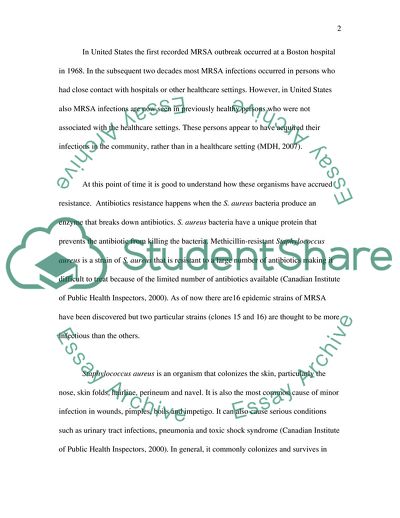Cite this document
(Methicillin Resistant Staphyloccocus Aureaus Coursework, n.d.)
Methicillin Resistant Staphyloccocus Aureaus Coursework. https://studentshare.org/biology/1708918-methicillin-resistant-staphyloccocus-aureaus
Methicillin Resistant Staphyloccocus Aureaus Coursework. https://studentshare.org/biology/1708918-methicillin-resistant-staphyloccocus-aureaus
(Methicillin Resistant Staphyloccocus Aureaus Coursework)
Methicillin Resistant Staphyloccocus Aureaus Coursework. https://studentshare.org/biology/1708918-methicillin-resistant-staphyloccocus-aureaus.
Methicillin Resistant Staphyloccocus Aureaus Coursework. https://studentshare.org/biology/1708918-methicillin-resistant-staphyloccocus-aureaus.
“Methicillin Resistant Staphyloccocus Aureaus Coursework”. https://studentshare.org/biology/1708918-methicillin-resistant-staphyloccocus-aureaus.


